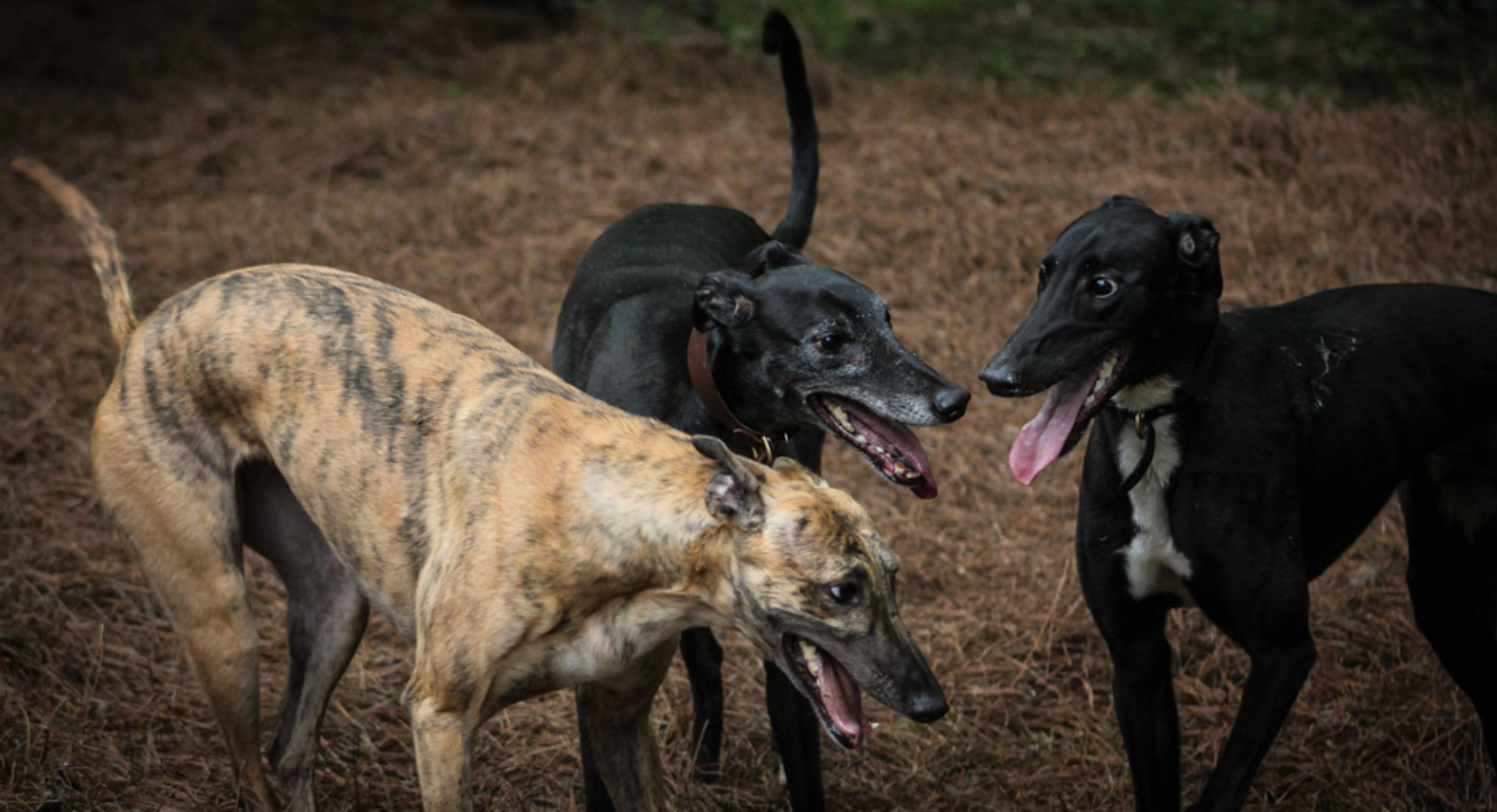Seizures are a bummer. Any owner who has a seizure dog can relate to the stress of going out of town because of a complicated medication regimen, the fear of the seizure dog getting out with the pack while no one is home, the concern for possible injury with cluster seizures, and the balance of keeping a few extra pounds on the dog in case they have a severe cluster.
Seizures can be caused my brain tumors, autoimmune disease, and infections. However, the majority of seizures are idiopathic meaning that no one knows why they happen.
Darla has idiopathic epilepsy with severe clusters. Meaning once she has one seizure she is going to have another and another. She recently spent a few days in the ICU to get her medications adjusted and so far she is doing better. She currently takes two medications—levetiracetam and phenobarbital. We also have a “cluster buster” pill that she takes once she has a seizure. After discharge from the ICU she was receiving medication four times a day, it was a full time job to make sure she was getting what she needed.
Due to the complexity of home care for some seizure dog I wanted to highlight what we have done to simplify things.
- Get a pill organizer—I used to question if I had given her medication or not this helped.
- The seizure dog needs an identifiable food bowl—the dog that needs the medication, CBD, or supplement needs to get it! I recommend stainless steel bowls like these
- If possible switch to extended release medication—our four times a day dosing was reduced to two times per day (remember these extended release tablets cannot be halved or they become immediate release).
- Medication coupons—we have a 50% off coupon for one of her medications through GoodRx.
- Take the kid gloves off—After Darla has been sick I want to keep her calm and in the house, not fun for Darla. Make sure that your seizure dog gets to do doggy things. A slow easy walk always seems to lift Darla’s spirit after she’s been sick—remember to take it easy, muscles are very sore after seizures.
- Feed your seizure dog! I tend to keep a few extra pounds on Darla and after a seizure I feed her a larger portion. She burned a huge amount of calories and needs fuel.
Life is different with a seizure dog but is still very good! These ideas are simple and make life easier for us and hopefully more enjoyable for Darla.

Living her best life now!



